
Each of us has our own unique relationship with body image, and it’s safe to say it is hard to find a person on the planet who consumes media, fashion and entertainment on a daily basis that doesn’t consider that relationship complicated. While multi-billion dollar global companies continue to profit off our insecurities and push an extremely narrow ideal of what “beauty” and “perfection” is (tied in to the underlying patriarchal message that keeps women focused on their appearance rather than our achievements), there is a wave of everyday folks who are turning the tide.
People like Emily Dick Lauren, a body image expert from Toronto, Canada, who is no longer content to just accept the status quo, has embarked on her own project to chip away at harmful messages and norms in order to spread more love and body positivity. Emily is committed to making girls feel comfortable in their own skin.
Her book, ‘Body Positive: A Guide to Loving Your Body’, includes 75 images of every day women in their underwear to highlight their beautifully relatable bodies.

‘Body Positive’ is a guidebook that will help young adult women break down society’s messages. It is packed with information, real experiences, introspective questions, and un-retouched photographs that will help young women re-think messages about topics such as:
· body image
· self-improvement
· thinspiration
· mental health
· bullying
· sexual harassment, and more.
This book is a valuable and special addition to any girl’s shelf because it empowers them to be accepting of their bodies as they continue to grow, change, and thrive – messages that, when learned young, will carry forward to enrich their thinking for the rest of their lives.
Emily, who holds an Honors Bachelor of Arts Degree in Women’s Studies and Sociology from Wilfrid Laurier University in Waterloo, Ontario, specializes in women’s portraiture where she inspires her clients to feel beautiful inside and out. We spoke with the body image expert about her book and all things body positivity!

Tell us first how the idea for your “Body Positive: A Guide to Loving Your Body” book initially came about:
I actually decided that I was going to finally work on this dream project after watching the first ‘Pitch Perfect’ movie. While it was obviously not the perfect example of body inclusion, I was inspired by how the characters came together despite their differences. I felt compelled to create my own source of positive media while simultaneously sharing the knowledge I received in university about body image.
In university, I had an ah-ha moment when I learned about the male gaze, which is the idea that women are seen as being on display as objects of male desire. I wondered why this kind of information was not made available to myself and others at a young age, at a time when we especially were in need of it. Having a reason for why I struggled with my body image was incredibly empowering. It set me on the path I am now which is to change the way women feel about their bodies and spread body positivity!

What is your story and relationship with body image, and can you share some of your own struggles?
One of the most profound things I found in doing research for my book was that women don’t need to have a full-blown eating disorder to be engaging in disordered eating patterns. In fact, anyone who has ever been on a diet has participated in disordered eating. Personally, until I found intuitive eating, I would actively diet on and off, exercise to earn food and feel superior when I had weight loss success. Dieting is so normalized; we don’t even think of it as something that is harmful for us.
Diet culture is easily disguised as “good for our health” which is why so many of us feel compelled to participate in it. We think we need it so we can lead long and healthy lives, but there are many more serious health consequences (physical and mental) connected to disordered eating. I also definitely struggled with not having the “perfect” or “ideal” body and I constantly compared myself to others. Struggling with body image is not something that just goes away. I have to be an active participant in challenging the ideals that I’ve internalized, and the culture which upholds these standards.
You have included a diverse array of photos of women in your book. Why was this important to you?
I wanted every girl who opened this book to see someone who, at the very least, reminded them of themselves. Whether it was because they saw stretch marks, scars, amputation, a certain skin color, tattoos, physical disabilities or the many other things that make our bodies real, I wanted readers to know that they are not alone. I want them to see that their bodies are normal and to empower them to appreciate their own.
There is something really easy about seeing the good and beauty in other people and I find that we often struggle to find those things in ourselves. If readers can feel connected to the women photographed in the book, then there is a starting point for seeing that same beauty (both physical and non-physical) in themselves.

There has been a lot of progress made in the beauty and fashion industry in terms of body and racial diversity, but clearly not enough. Why do you think the change has been so slow?
The reason progress has been slow is because there are multi-billion-dollar industries that profit off of female insecurity. When companies can maintain the “ideal” image in their marketing more women will purchase their products to try and achieve that same look. There simply is a higher demand for products that use the strategy of teaching women their worth is tied to their appearance. A few companies, like Dove and Aerie, have seen substantial profitability with adopting a more body inclusive marketing approach. Their success just shows that women so badly want to support companies that make them actually feel good!
Why is it important for especially young women to grow up and actually SEE visual representations of various body types in mainstream media, rather than just be told positive messages?
Studies have shown that looking at magazines can actually lower self-esteem in girls. Through subtle (and sometimes blatant) messaging they are reminded that their appearance isn’t good enough. Why would anyone believe they are worthy, attractive and normal if they don’t see anyone that looks like them on the platforms they spend most of their time? A lot of the time it is an unconscious, internalization of beauty ideals that is most hurtful but also tie that in with literal messaging from advertisers so that the pressure to be perfect becomes a way of life for women.
They tell us that we need to be hairless, have flawless skin, plump lips, big breasts, and more, to be attractive. I think when we don’t see anyone that has body hair, skin imperfections, stretch marks, etc. we feel ashamed of our bodies because they have some or all of those things! We need to see real images of diversity in the media so that we know it’s okay to be who we are.

Can you share more about some of the advice and the women featured in your book?
The major theme in my book is teaching young women to be active media consumers. I’m not telling anyone to feel ashamed of enjoying everyday media, I simply want them to know that there are reasons for why it sends certain messages. The goal is resiliency. It is about knowing you aren’t alone, that there is a reason for your body dissatisfaction and that there ARE ways you can feel better about yourself. For example, seeking out positive media sources, doing media challenging/critiquing activities or seeking help so you aren’t struggling on your own.
As for the women in my book, I have nothing but love for all of the different people I got to work with. There were the women who physically participated and also those who shared their experiences and truths in print. I got to hear some amazing stories of strength and struggle while working on this project. I think that although everyone is so different, there is so much common ground when it comes to the fight against body image issues. I haven’t met a woman who hasn’t struggled with the way they look!
During this process, I photographed a woman who was an amputee and who travelled from Texas to Toronto to be a part of this project, several women who beat cancer, a person who was non-binary, girls with down syndrome, actresses and Special Olympians. It is an experience that I will never forget!

What was your process putting the stories and images together, and how long did it take you to complete the book?
It took me nearly 7 years to complete the book, but the lengthy timeline was a result of never feeling quite finished with photographing women (that and taking a couples of breaks in between when I had my children). Not surprisingly, it was very challenging to find women who were willing to be photographed in their underwear! One of my best friends, Jessica Camboia, assisted with many of the shoots and I used to plan these photo shoot days where we would book 20 girls and sometimes only 5 or 6 would show up. I photographed a total of 75 women for the book! For some reason I really like the finality of that number and that amount fit nicely with the book content that I had already written.
The writing of the book was done within one year, but I kept coming back to it to update the information and research. Most of the chapters are laid out similarly in that they have some information, introspective questions and real perspectives from the women I interviewed. Some of the responses are very raw, but I wanted to include them, and I am so thankful for having a supportive publisher of this. My editor thought it would be best if we organized the responses from negative to positive, so we ended each chapter on a high note!

Who is your ideal target audience?
The target audience are pre-teens, teens and young adult women but a lot of our readers are parents who are using the book to guide their teens through these issues, while also educating themselves. The feedback I’ve received from so many moms after reading Body Positive is that they too are learning to understand their struggles with body image, and it has helped them start to work towards a more positive relationship with their own bodies as well. I think this book is for any woman! I wrote the information in a way that was easy to understand because I wanted to make it accessible and easy to teach!

What do you hope readers will take away after receiving your book?
I hope that they know that they aren’t alone in their body dissatisfaction and that they realize we are more similar than we are taught to believe. We’ve learned to hide our imperfections from each other, to be ashamed of our bodies and our realness. This is so we don’t talk about and challenge normalized thin and beauty ideals and so that we compare and compete against each other. This just creates body superiority and a divide in women. Ultimately, I hope this book brings us together as women and creates discussions around why we feel a certain way about our bodies.

Finally, what makes you a powerful woman?
I am a powerful woman because I have the strength to pursue my dreams, despite not having a massive platform or a PhD. I want every person to know that you don’t have to worry about titles if you have something valuable to say. I am a powerful woman because I decided I was.
You can buy a copy of ‘Body Positive: A Guide to Loving Your Body’ HERE.












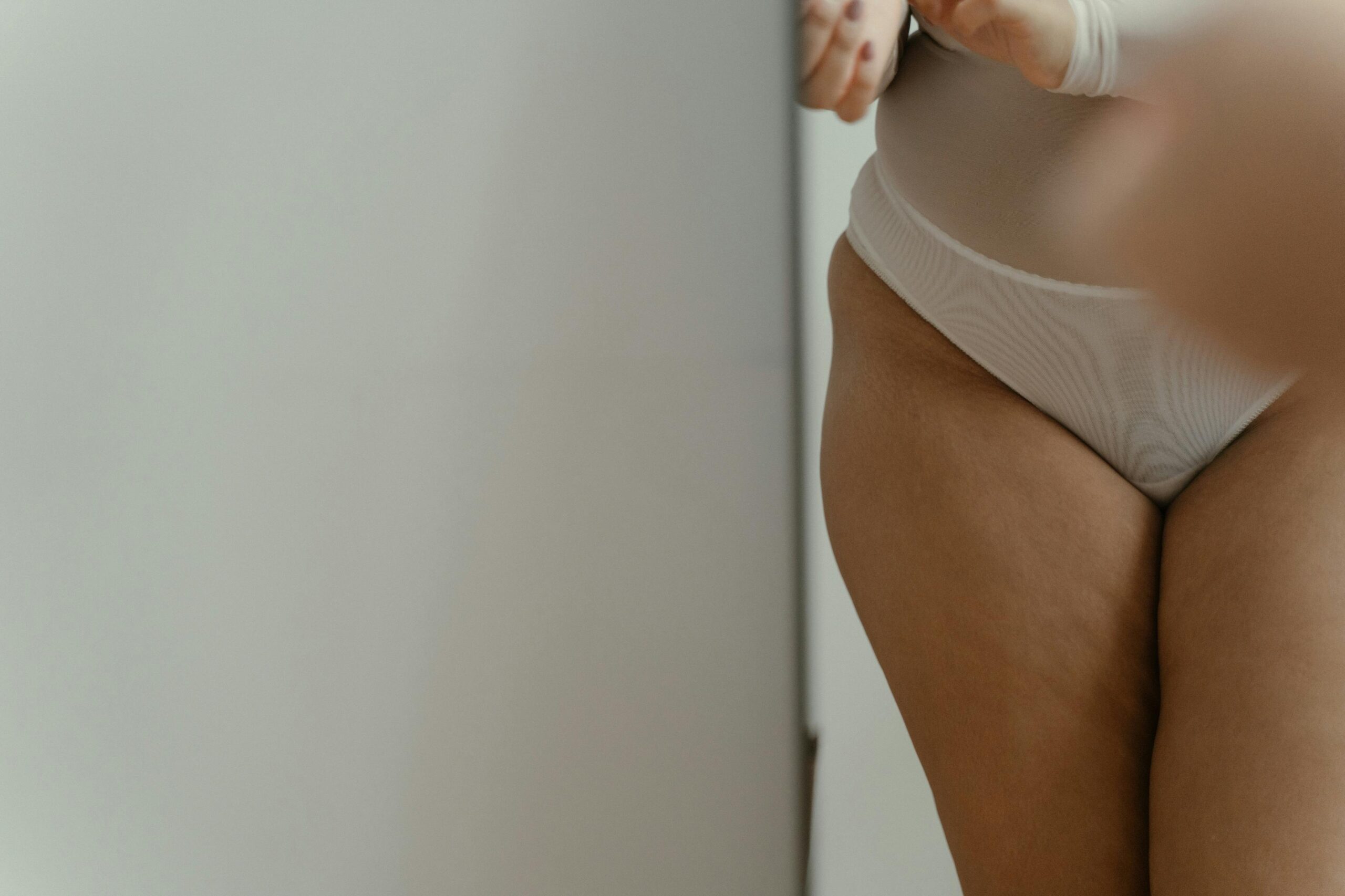
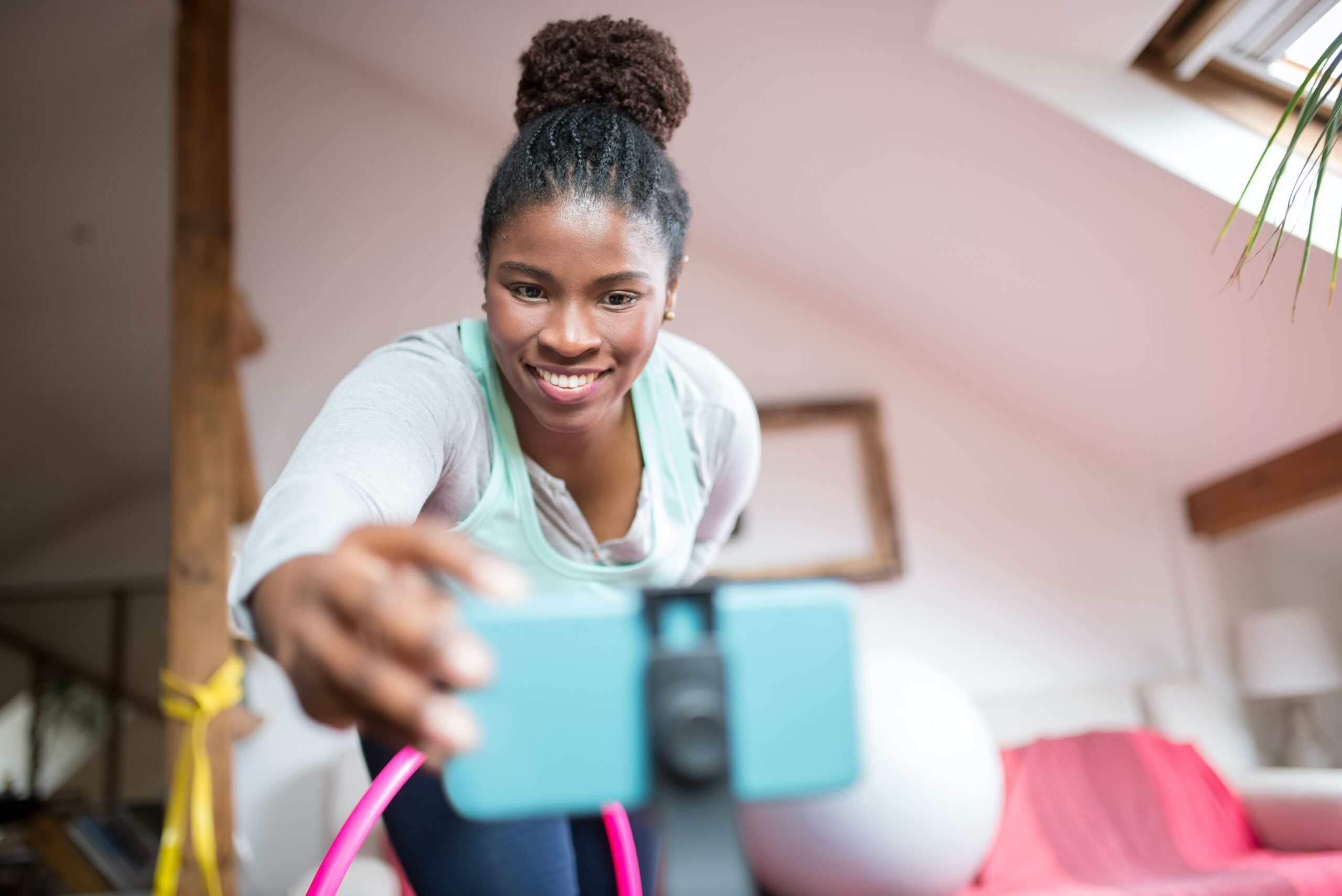
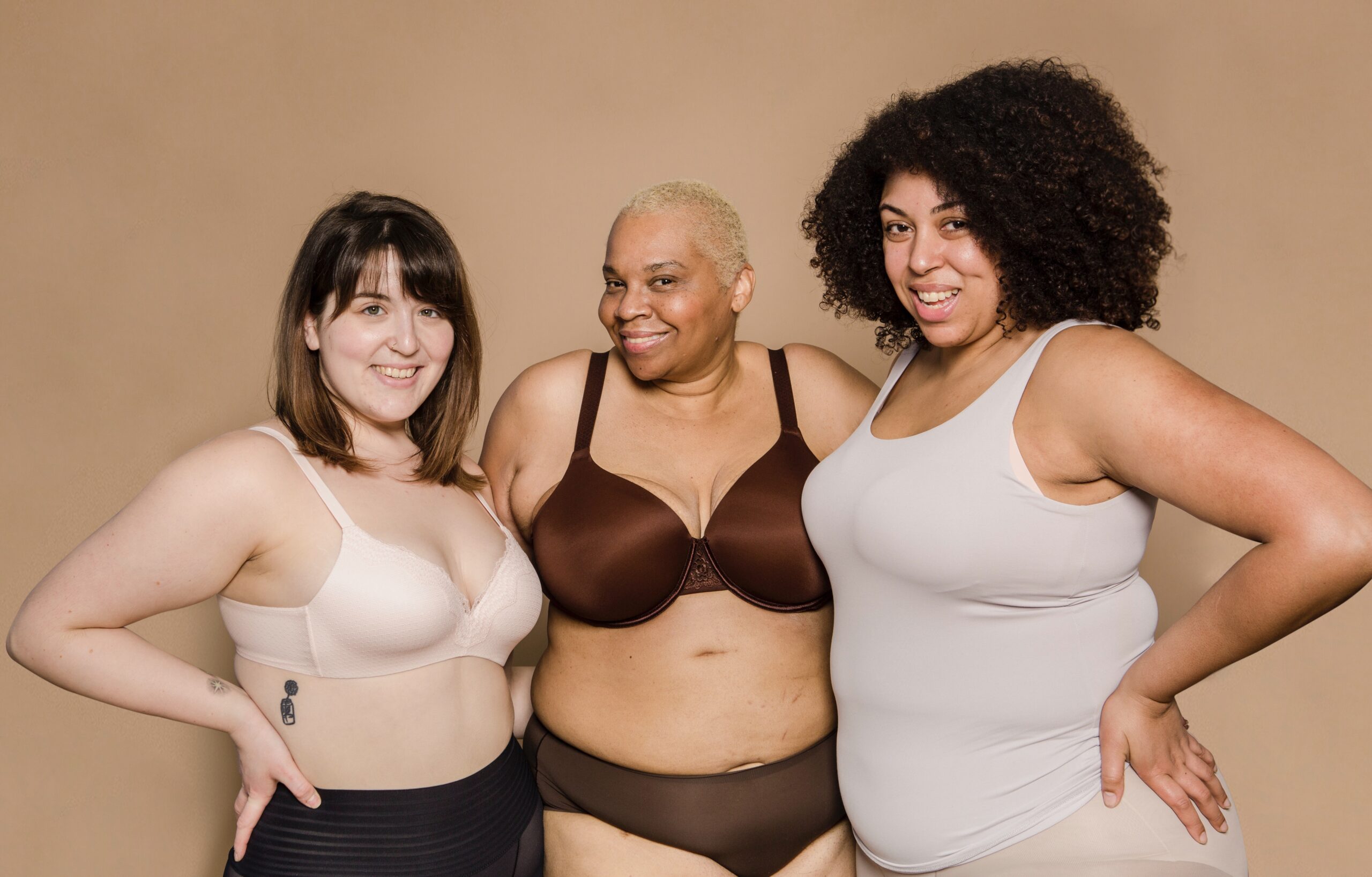
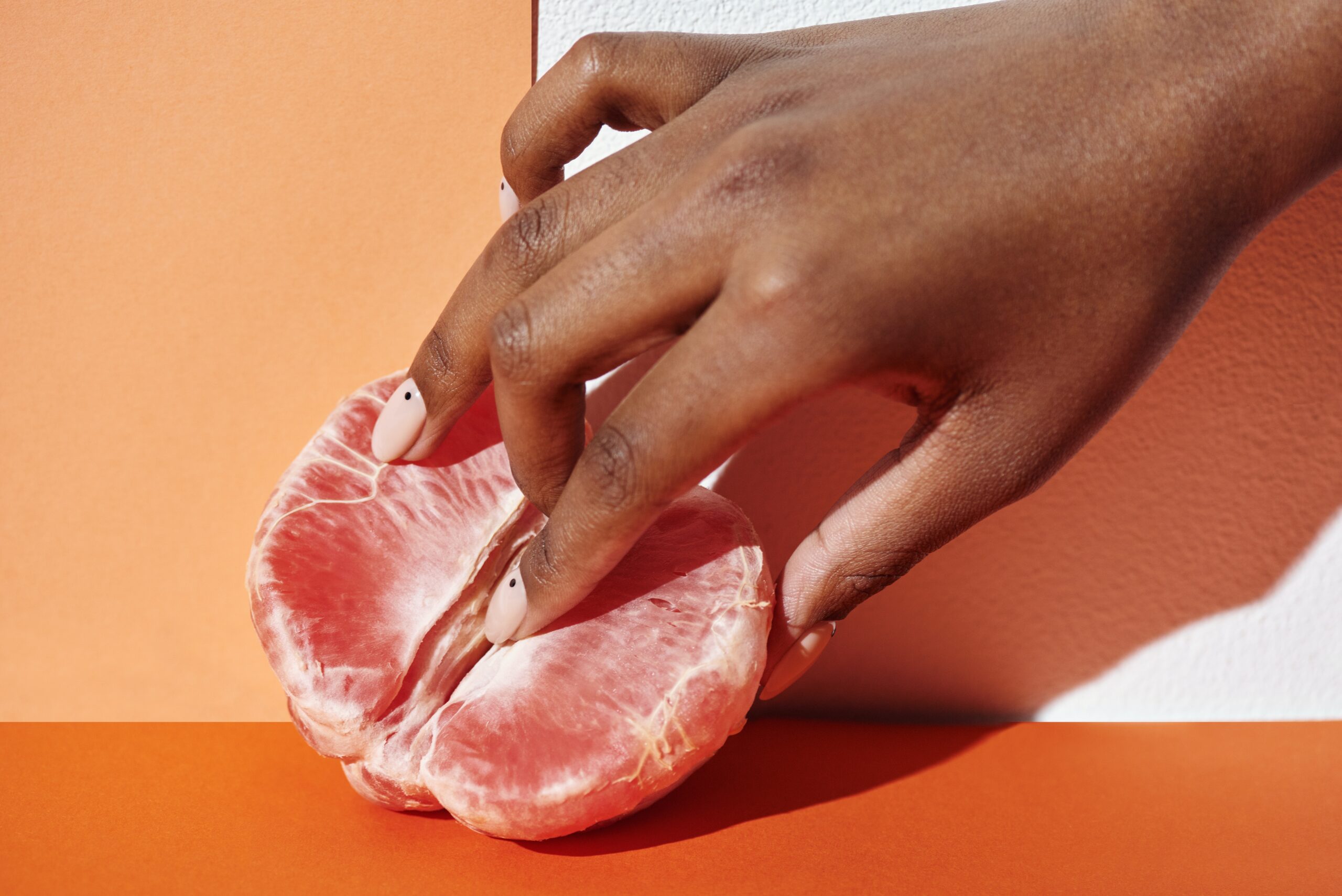
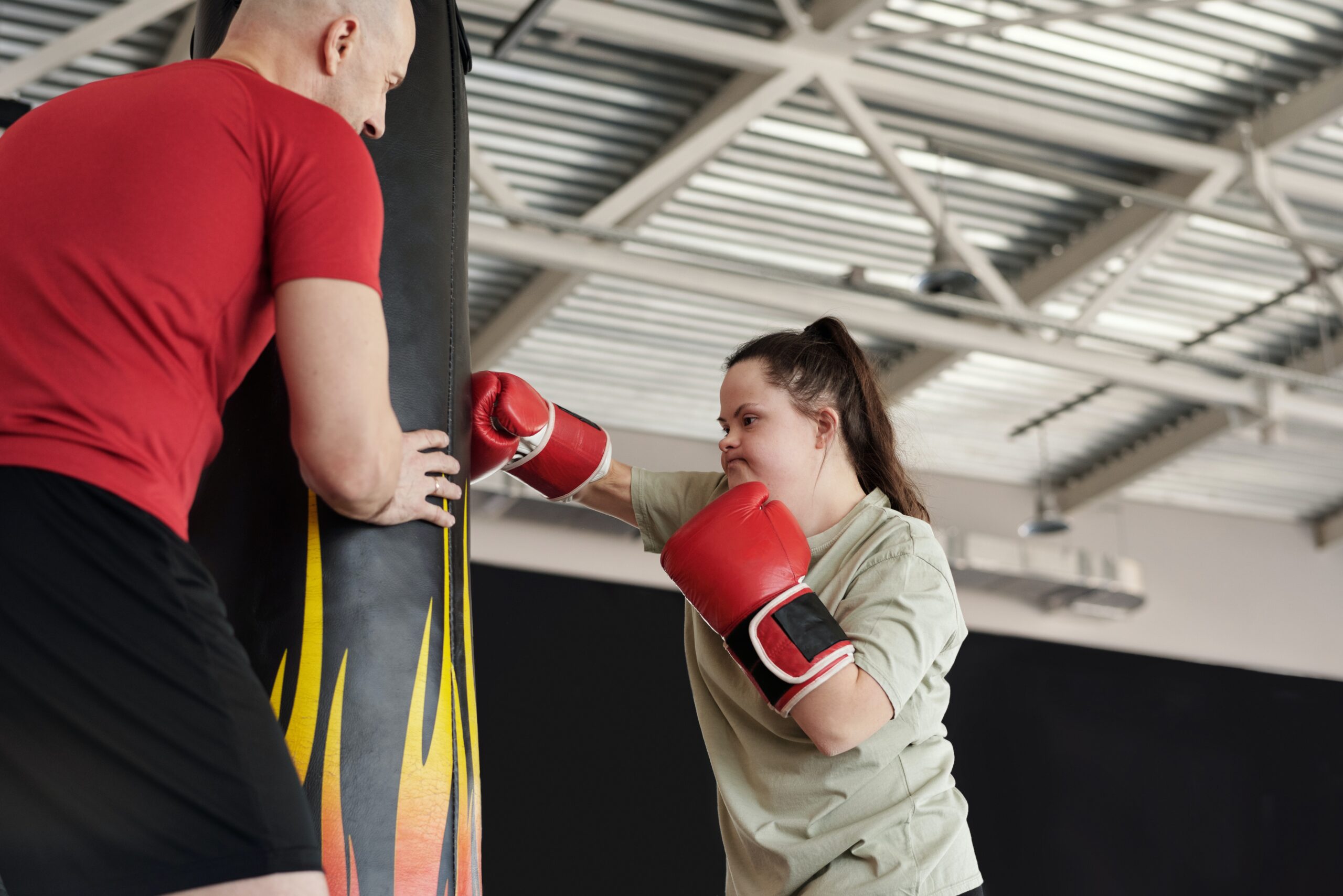
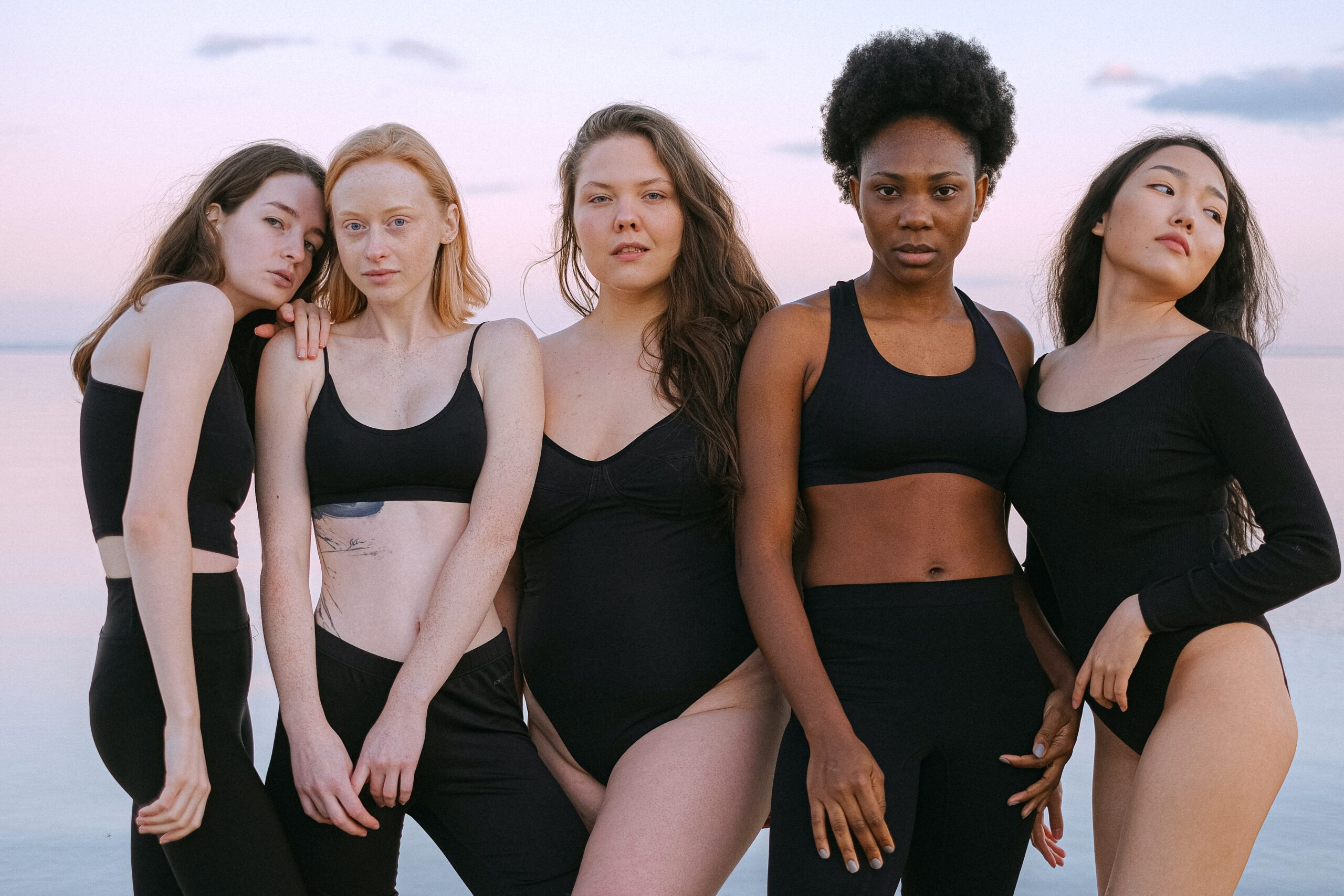
3 thoughts on “Body Image Expert Releases Body Positive Book To Change The Way The World Sees Female Beauty”
Comments are closed.